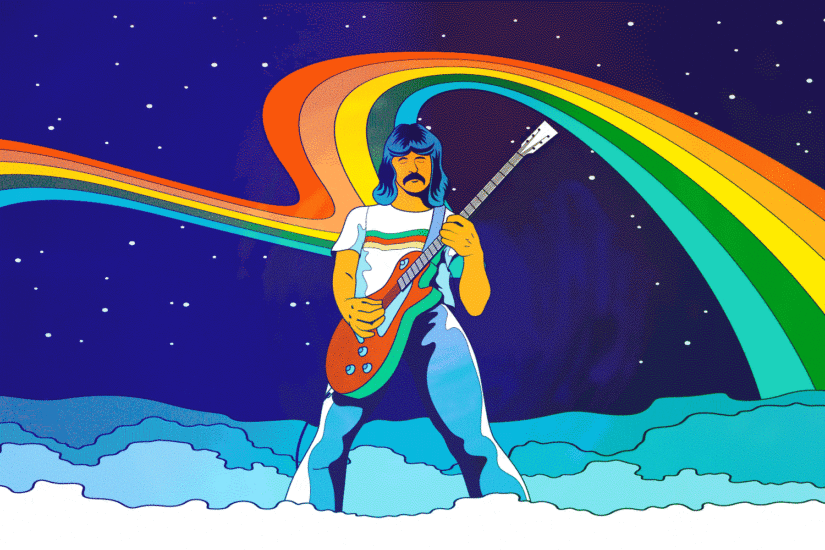.
The day I left the classical guitar, I immediately switched to the tram. I gave a place of honor to the acoustic guitar 16 years after purchasing the first electric guitar.
Unlike young guitarists who started like me at the time and were looking to stand out with a bunch of effects, I was interested in knowing how to play professionally – especially solo. I wasn’t attracted to distortion pedals, pedals with a unique sound, or multi-effect; I saw all of these as “toys.” As I grew older, they took on a new meaning in my life, especially since I started recording songs and found a unique “spice” in them.
This article is not about my private effects collection. This time, I decided to delve into the flanger pedal, which is unique and has a mystical tone that many guitarists use in recordings and sometimes on stage.
Whether you’re looking to add depth to your playing, create worldly textures, or simply go on a sonic adventure, the flanger pedal is an indispensable tool in your arsenal as a guitarist. This sound’s legacy is woven into the fabric of modern music and continues to fascinate and inspire many musicians around the world.
I will be as accurate as possible. In the field of guitar pedals, there are few effects in which you can find a tone as seductive, enigmatic, and unique as the flanger. Whether you’re a seasoned guitarist, a beginner, or a diehard music seeker with no guitar experience, understanding the captivating essence of this pedal can open up a world of sonic possibilities. Let’s delve into the essence of this iconic pedal and explore its role in shaping music across different genres.
The flanger pedal is revered for its ability to create a jet-like swirling effect that adds depth, movement, and a touch of surrealism to a guitar’s sound. The flanger produces a distinctive “beep” or “snoosh” sound reminiscent of a jet engine or a gust of wind by modulating the time delay between two identical audio signals. Guitarists harness this effect to inject dynamism and ethereal textures into their playing, elevating their soundscapes to new dimensions.
The flanger pedal’s signature sound is characterized by its rich, metallic flow effect, often described as “lush,” “swirling,” or “hypnotic.” When the pedal is activated, it modulates the phase relationship between the original and delayed signals, creating highs and lows in the frequency spectrum. As a result, the iconic immersive sound that graced countless recordings across diverse musical genres was created.
Before you continue reading, take a break and watch a video about the pedal:
As you have seen, this pedal’s versatility makes it suitable for a wide variety of musical styles and genres, from rock and metal to psychedelic, funk, and even ambient music.
In general, the unique sound of this pedal can adds an otherworldly edge to clean cuts, gives distorted riffs extra depth, and can turn a simple chord progression into a mesmerizing sonic journey.
Here is the place to add that in country music, blues, and even jazz, it would be a crime to use it, and this is because the clean sound of the guitar in these genres can be much more suitable for the song or the piece.
Guitarists of psychedelic rock often use this pedal due to its “mystical” ability to conjure up enchanted soundscapes.
Here are ten famous hits that used a flanger pedal. These iconic tracks showcase the pedal’s varied applications, from driving rhythm sections to soaring lead lines and atmospheric textures, a testament to the guitarists‘ creative spirit.
“Barracuda” by Heart
“Ain’t Talkin’ ’bout Love” by Van Halen
“Come As You Are” by Nirvana
“Paranoid Android” by Radiohead
“The Spirit of Radio” by Rush
“Message in a Bottle” by The Police
“Run Like Hell” by Pink Floyd
“Unchained” by Van Halen
“The Boys Are Back in Town” by Thin Lizzy
“Bold as Love” by The Jimi Hendrix Experience
Keep Rokin


